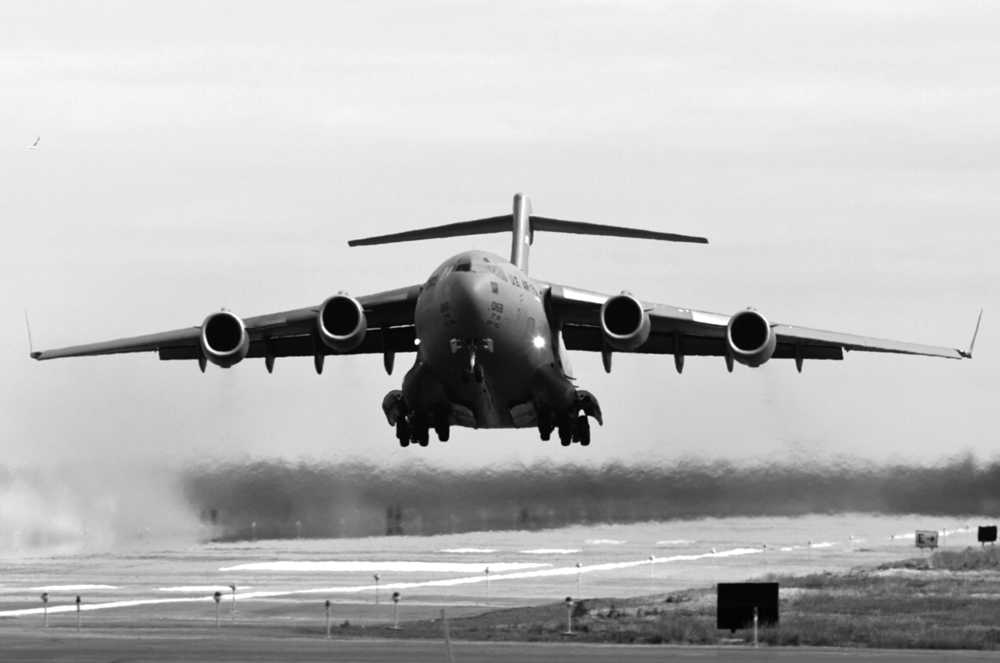City leaders say Kenai has seen steady growth as Cook Inlet’s oil and gas industries expand.
Speaking at the Kenai Peninsula’s Community Economic Forum in January 2015, Kenai Mayor Pat Porter said that in 2014 homes in Kenai spent an average of 79 days on the market. Ninety-five homes were sold in Kenai that year, an increase of 21 over the previous year. Porter said that both these numbers for Kenai had been increasing for the previous four years.
In 2013, 8 vacant lots were sold in Kenai. Thirty-four were sold in 2014, a number that did not include 87 sales to the Alaska LNG pipeline project.
“The city of Kenai… I would refer to it as land-rich,” said Kenai council member Henry Knackstedt. Porter and Knackstedt expect demand for residential, commercial, and industrial space to increase in Kenai, and the city wants to be sure that availability increases correspondingly.
Porter and Knackstedt expect Kenai to continue growing as a result of oil and gas development in Kenai’s northern neighbor, Nikiski.
The Alaska LNG pipeline, expected to have a terminal in Nikiski, and a gas line to be created by Apache Energy along Nikiski’s north road, have drawn investment to the area. Porter said that construction on these projects will create a demand for residential space and commercial services as workers bring their families to the peninsula. Kenai will be the closest major shopping area to the Nikiski sites.
Kenai developer Bryan Lowe’s 40-acre Shoreline Heights subdivision, designated by the Kenai Peninsula Borough in 2003, will make available 47 residential lots near Cook Inlet on the north side of the Kenai River, 21 of which will have views of the Inlet. Lowe, who said he intends to begin selling property in Shoreline Heights in early 2015, shares Porter’s expectation of growth in Kenai.
“I thought it would be good time (to buy property) because of the LNG plant and the mini-boom we’re getting now,” Lowe said.
Lowe is developing the subdivision with a specific demographic in mind.
“I would like to target executives there, because it is higher-dollar land,” Lowe said. “A high-end neighborhood is what I’m hoping for.”
Another group of residents Lowe hopes to attract are those from Nikiski who have sold their properties to Apache or LNG.
“I’ve had some inquiries from people that sold to the oil company, that would like to replace their homes on the bluff, because they thought they were going to live there forever, and now they found out they have to sell,” Lowe said.
Lowe said he’s confident that Kenai’s boom will create demand for the kind of property he hopes to market.
“There’s not a subdivision like that anywhere on the Inlet,” Lowe said.
Industrial land in Kenai is centered around one of the city’s major economic assets — its municipal airport, which Porter described as “a huge engine for development in our community.”
The airport property was granted to the city by the federal government in 1963, making it one of the few airports in Alaska owned by a municipality rather than the state, said Knackstedt, who previously served as a 20-year member of the city’s airport commission. Knackstedt said that for the past five years, the airport has been a self-sustaining economic entity financially independent of the city, funding its operations through land leases and parking, landing, and fuel fees. The airport property includes a plot of land that the city is developing as an industrial park.
The Kenai Airport Industrial park grew from a lease to natural resource extractor Buccaneer Energy in 2012 — a lease now owned by AIX energy, which bought Buccaneer’s assets following Buccaneer’s bankruptcy.
AIX is currently the only occupant of the Industrial Park, leasing two of the park’s 19 lots for its extraction facilities. However, Knackstedt said that all the lots have been readied for development by the construction of access roads and connections to the city’s water and sewer system. Knackstedt said that the park’s proximity to the airport through convenient roads will be an incentive for prospective clients, and that the city council is currently considering ways to market the remaining industrial lots to interested businesses.
Knackstedt sees growth occurring through the airport, as it becomes an important link in the supply chain of developers working on the pipeline, as well as other projects in the North Kenai area. He said the conveniences of Kenai would be a draw not only to construction, but to families.
“Kenai is in such an excellent position right now, with all the development that’s going on,” Knackstedt said. “Sandwiched between Anchorage and Nikiski, the big industrial area. People are going to need to move somewhere.”

